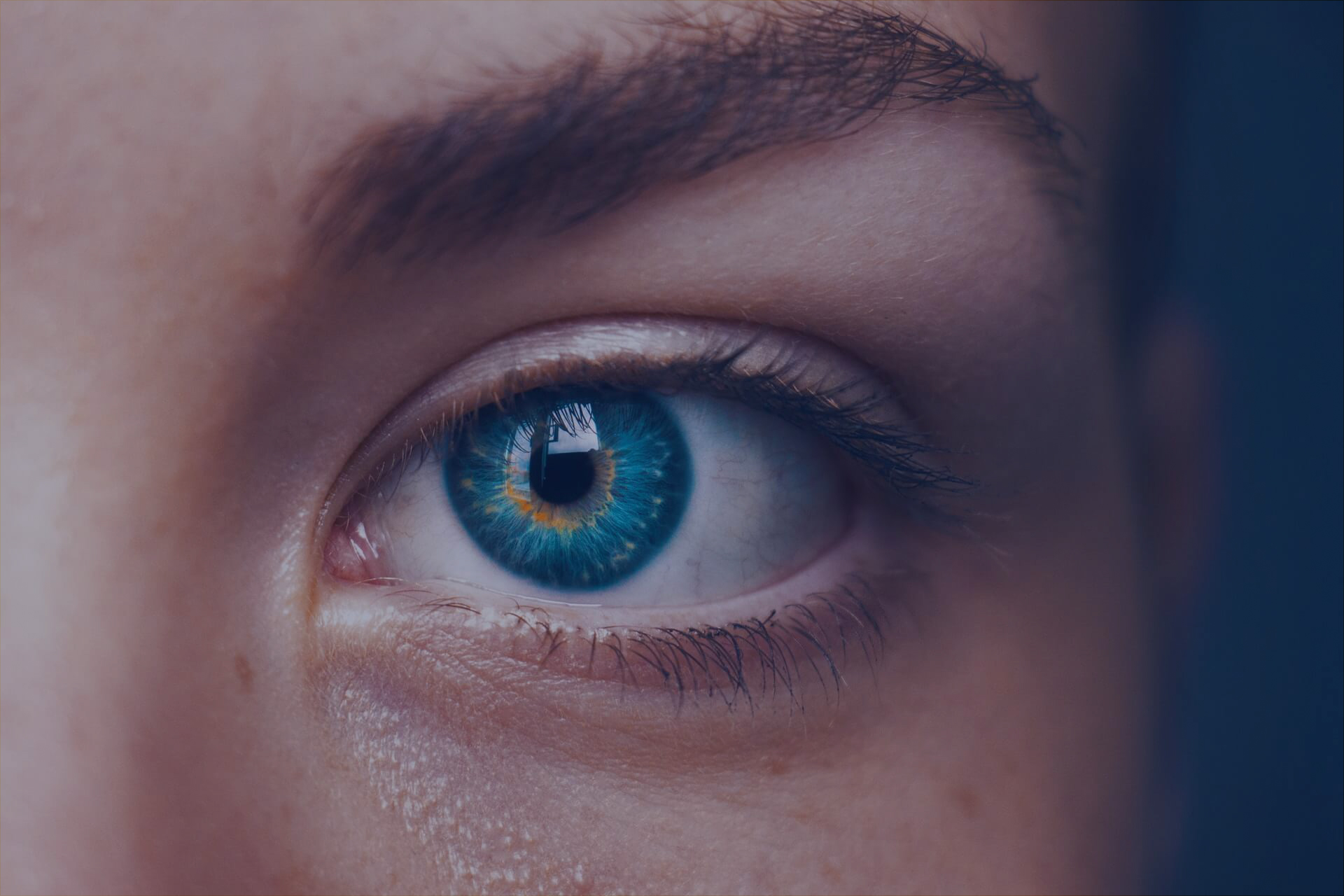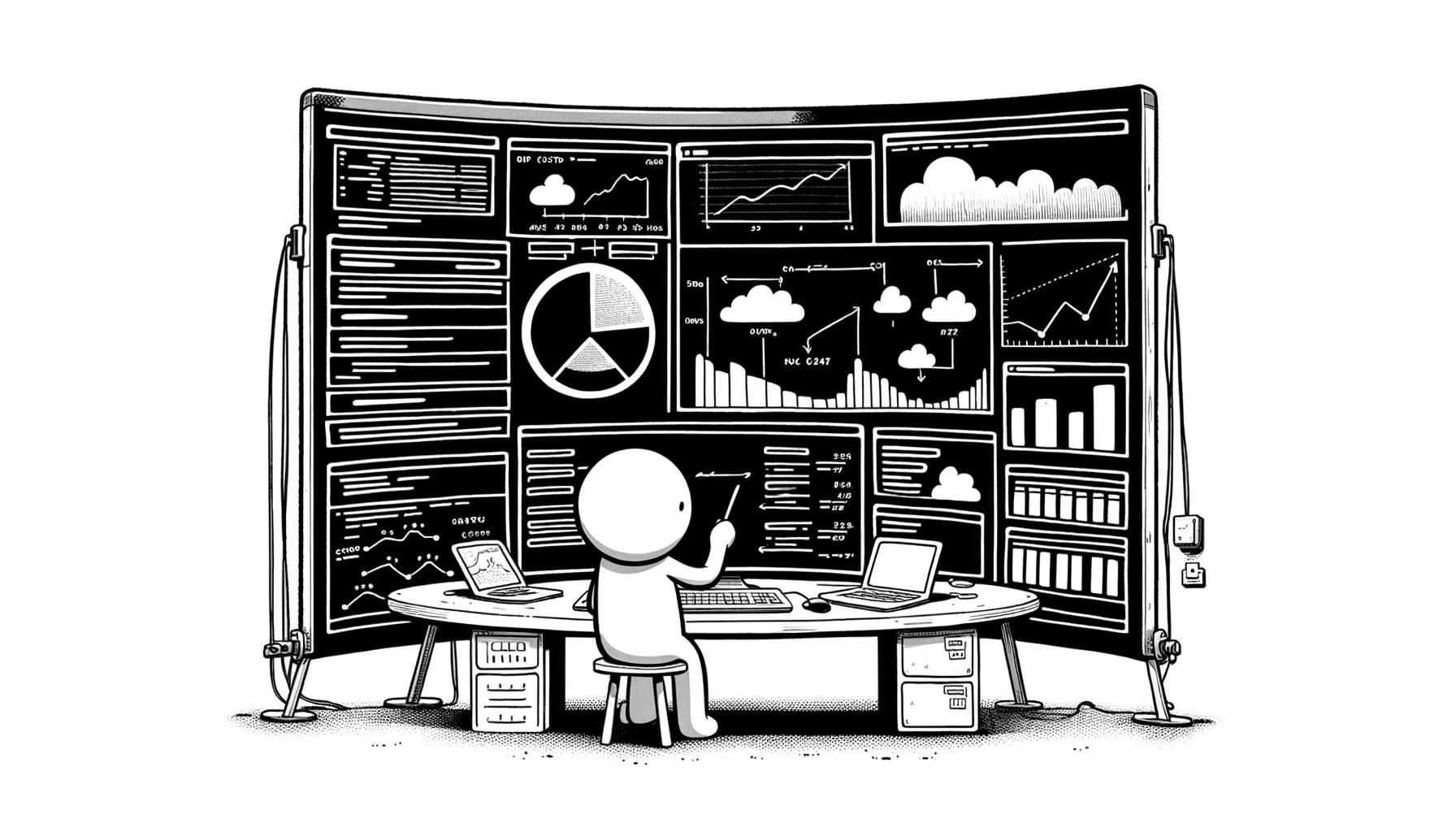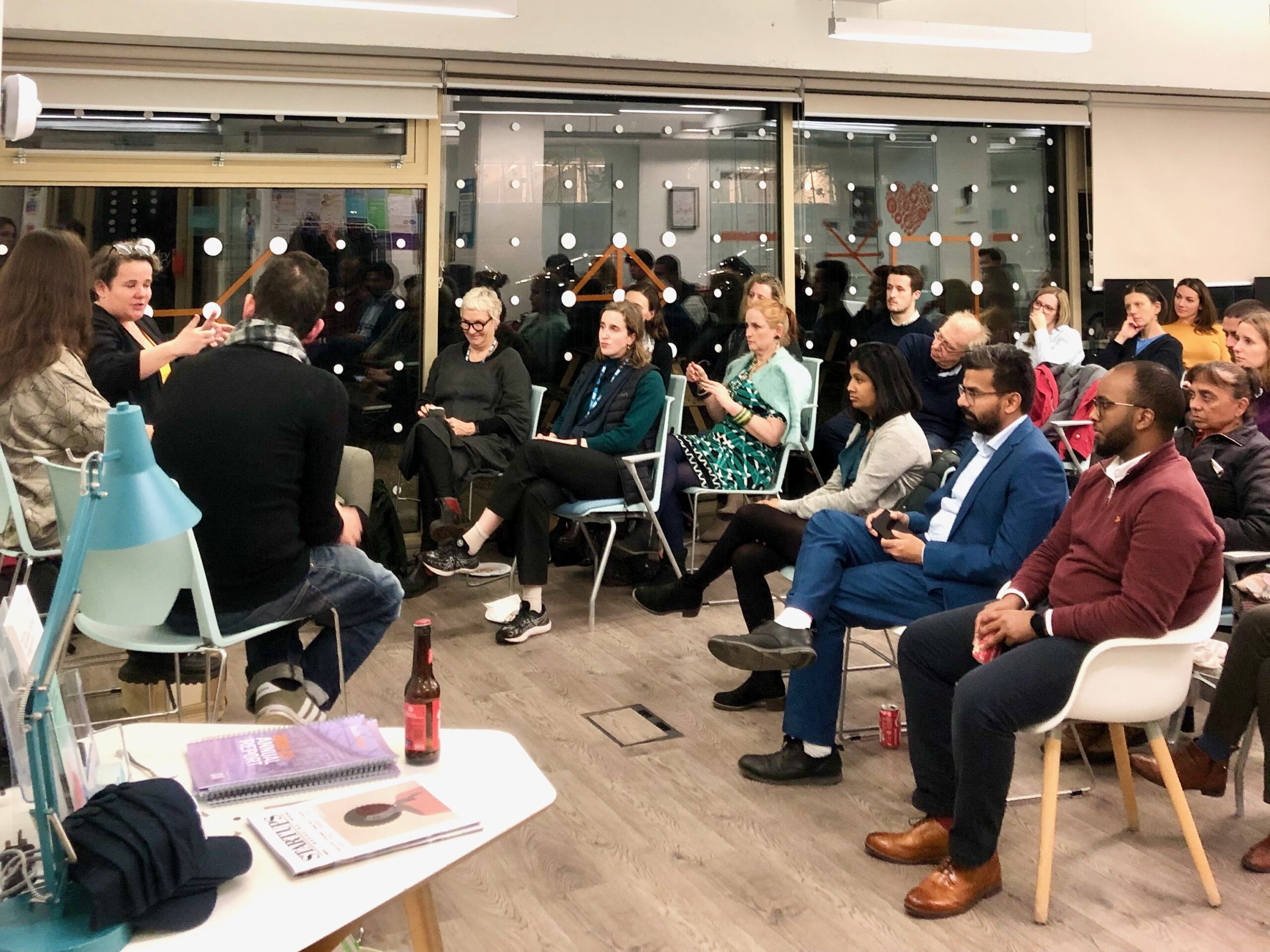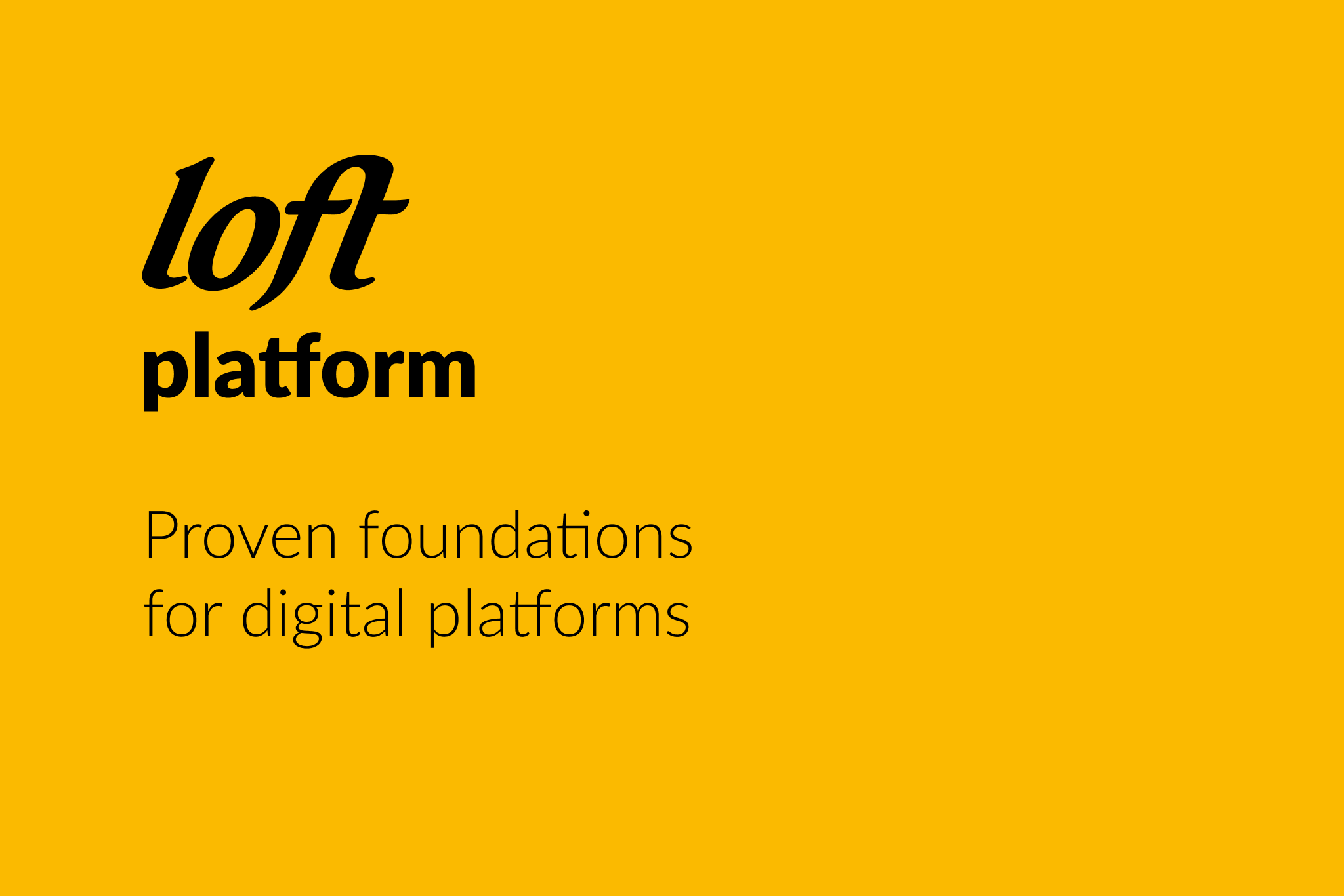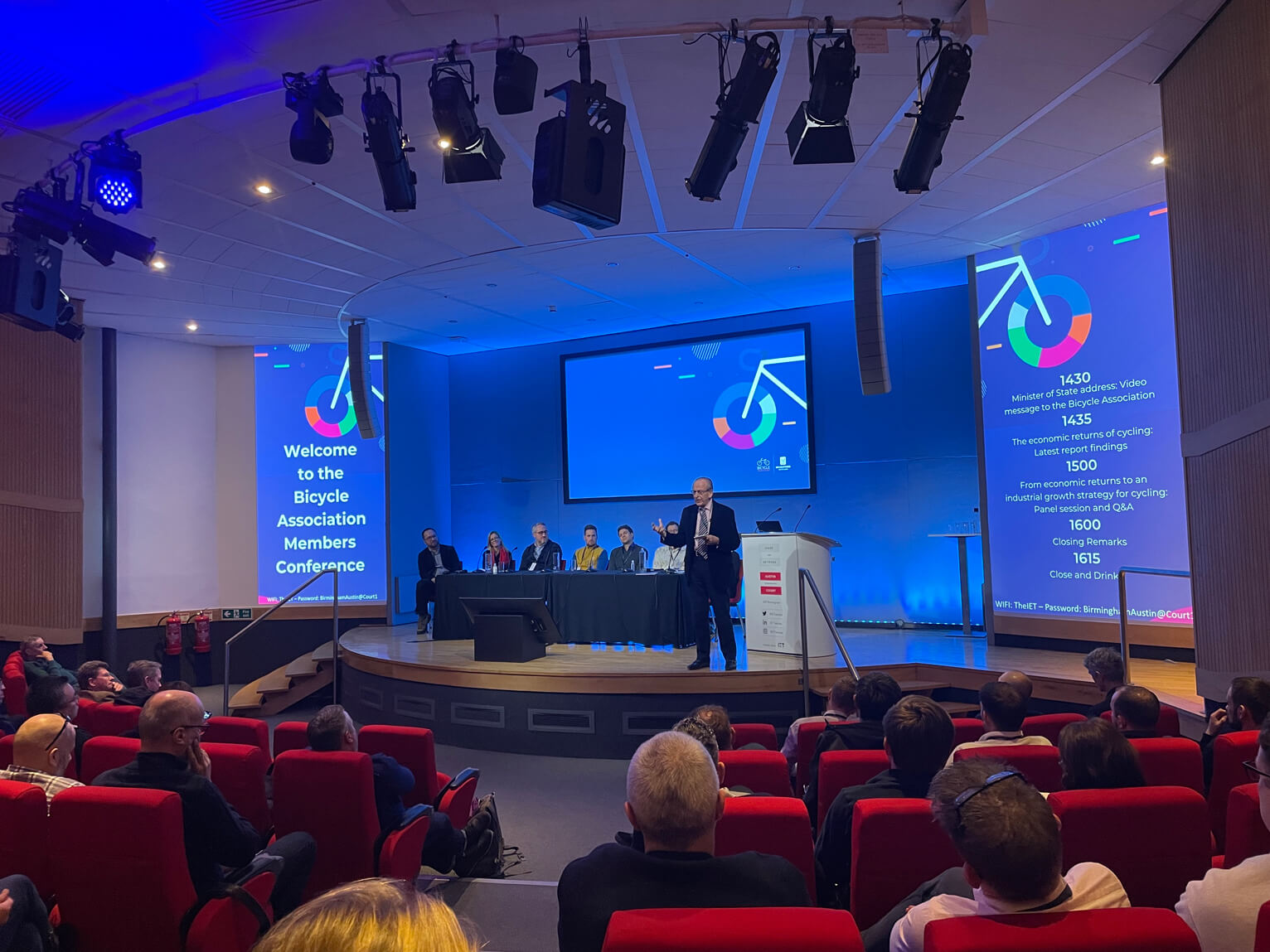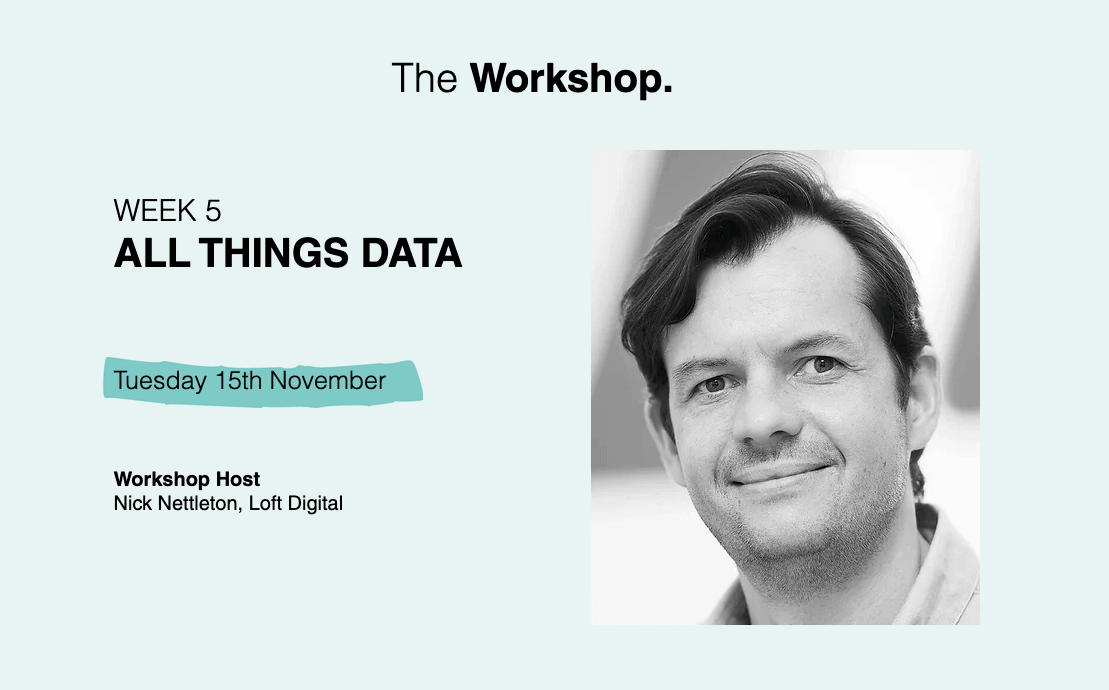Innovate UK, the UK’s innovation agency, has renewed its support for Loft’s MyEyeSite platform by providing a major new tranche of funding for the project.
Developed in collaboration with Moorfields Eye Hospital and UCL, MyEyeSite enables patients with rare eye diseases to take control of their medical data, sharing it with doctors and researchers. The aim is for more efficient management of their conditions, while at the same time making valuable patient data available to researchers working on rare eye diseases. Having centralised data in a MyEyeSite account also enables patients to seek opinions remotely, minimising trips to hospitals, which is more important now than ever before.
Continuous improvement
With the platform already in its beta phase, this new round of funding will support the continued improvement of MyEyeSite’s user-centric interface along with the development of a new data pipeline to accelerate the flow of information between parties using the application.
Innovate UK first backed MyEyeSite in April 2020, when Loft applied for funding out of the £750 million Chancellor of the Exchequer Rishi Sunak made available to bolster the UK’s innovation ecosystem. Competition was intense, and MyEyeSite is one of a limited number of projects to receive further backing.
“This is validation not only of the innovation Loft is doing in digital healthcare, but also of how we’ve managed the project and reported it back to Innovate UK,” says Nick Nettleton, founder and CEO at Loft. “We’ve carried out all the diligence and risk management Innovate UK requires while building a world class platform.”
Future vision for digital healthcare
As a patient-led platform, our objective is for MyEyeSite to become available and used by all rare eye disease patients around the globe. It will provide a template for new platforms supporting patients with other diseases, along with the clinicians and researchers who are helping them.
Meanwhile, the methodology Loft has developed to create MyEyeSite, which is built to NHS standards and combines engineering excellence with a radically patient-oriented UX, is transferable to future healthcare projects that aim to improve services to patients and stimulate breakthrough research.

